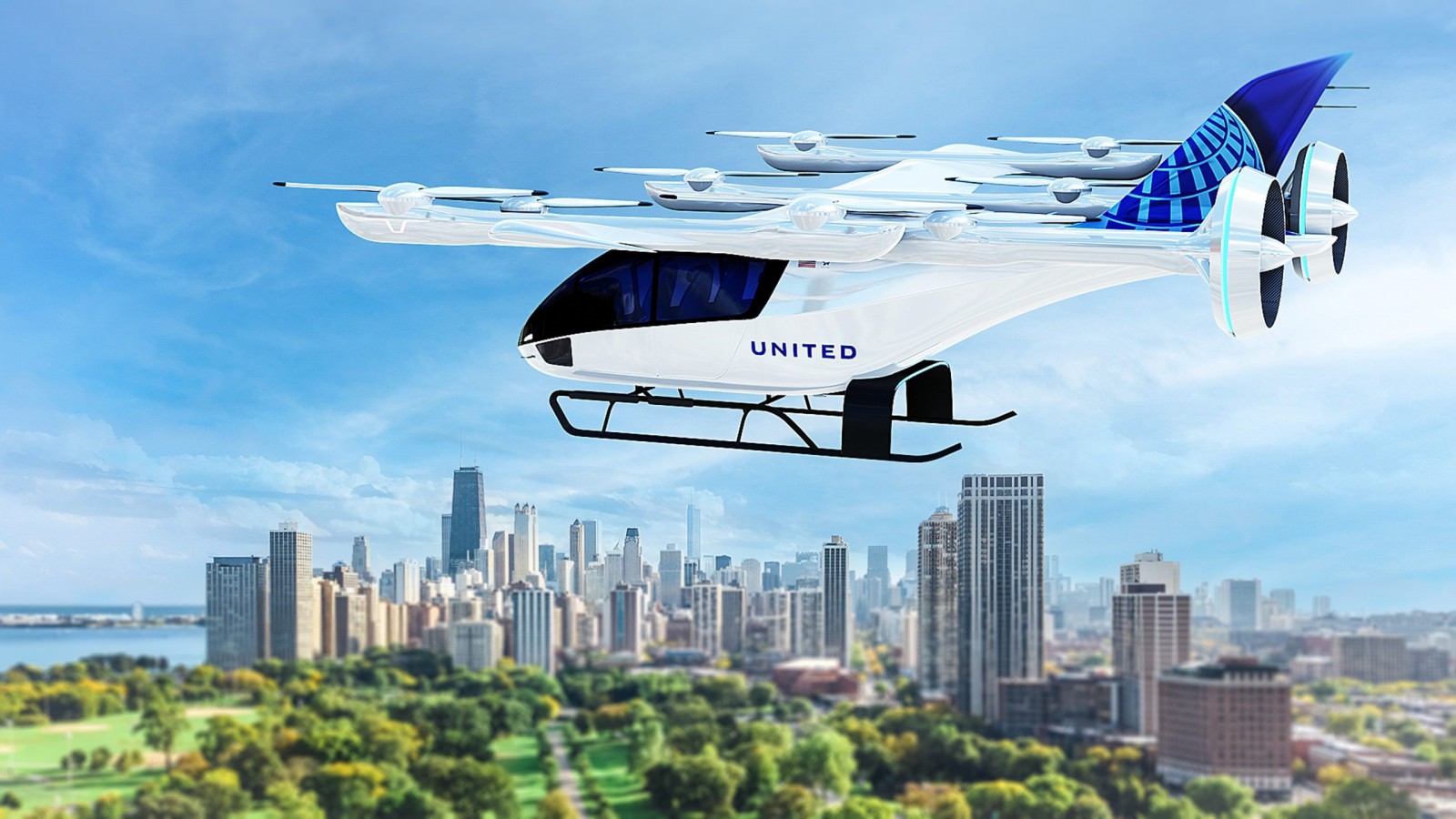Embraer has high hopes for its electric Urban Air Mobility (UAM), vehicle dubbed Eve but it’s a very crowded market with no less than 250 start-ups eyeing the market.
JOIN: AirlineRatings.com YouTube Channel
GET: Accurate MH370 Information From AirlineRatings.com Newsletter
SEE: GT’s Radar Slams Netflix MH370 Doco
But one company – Embraer- seems to be uniquely positioned for a leading role, taking long-standing customers of its airliners by the hand and leading them into this new market: Brazilian aircraft maker Embraer, having spun off a subsidiary called EVE Air Mobility, listed on the New York Stock Exchange in 2022.
This is a serious venture. By 2030, Embraer expects to double today’s entire group revenue of about US$4.5bn. That’s what group CEO Francisco Gomes Neto predicts, somewhat boldly, but EVE is held in high esteem.
One major obstacle is raising the necessary capital, as it is estimated that US$2bn is needed to bring an eVTOL through development to entry into service. After going public, EVE is armed with US$400m in cash, “enough liquidity lasting for the next few years, so we don’t have to start early,” said EVE CEO Andre Stein to Airlineratings.com during a recent media visit. “Our target is to fly in 2026”.
What is unique about EVE is that it can rely on all the assets Embraer has as an established aircraft builder, such as the largest flight test centre in the southern hemisphere. Existing Embraer airline customers trust the company and its affiliate EVE to smoothly take them into this new market nobody knows much about as of yet. But at the same time, one nobody wants to stay away from either, as it promises to be the next hot thing. United Airlines invested a rather token amount of US$15m in EVE last year and pre-ordered 200 aircraft in the process, plus signing options for 200 more. “Quite a few other of Embraer’s aircraft customers are also investors in EVE, like Skywest and Republic Airways of the US, the two largest regional airlines in the world, or Japan Airlines and Kenya Airways,” reports Andre Stein.

Another airline extending its interests from Embraer’s E-Jets to EVE’s Brazilian-designed eVTOLs is Norway’s Widerøe, a launch customer of the E2. “We work with EVE to evaluate how air taxis would fit into our markets,” said Andreas Kollbye Aks, Widerøe’s chief strategist and head of its new subsidiary, Widerøe Zero, to Airlineratings.com last year. “We need to understand what they can do because they might in certain cases disrupt what we are doing. Flying taxis are meant to jump from one skyscraper to the next, but they are also more than capable of jumping from one island to the next island on the Norwegian west coast. Many of our flights are very short, today we have many ten to 15-minute sectors which the eVTOLs can perhaps do as well,” Andreas Kollbye Aks pointed out. For the Norwegian regional airline as well as for the US airline giants, Embraer acts as a one-stop shop to fulfil their needs in traditional regional jet supply as well as setting foot into the prospective new market.
It seems to work well so far. “With letters of intent for up to 2770 aircraft we have by far the largest and most diversified backlog in the industry,” says Andre Stein. “Such production rates as for eVTOLS are new for us, last time such numbers were seen in the aerospace industry was at the time of the DC-3.” EVE’s vehicle will initially seat four passengers and a pilot, with six occupants being put up under autonomous operations planned at a later stage. It will feature overhead wings with six electrical lift motors for takeoff and landing, while in cruise, propulsion will be transitioned to two pusher propellers at the rear of the wings. EVE promises a 100 km range (average sector length is expected to be 20-30 km), with operating costs per seat six times lower than helicopters and a noise footprint even 90% below traditional rotorcraft. “eVTOLs are really a new type of aircraft, not just an electrical helicopter,” explains Andre Stein, “if anything it’s closer to an aeroplane than to a helicopter, it’s a bastard of a commercial airliner and a drone in a way.”

EVE is based at Embraer’s Eugenio de Melo factory, to the northeast of Sāo José dos Campos in Sāo Paulo state, and here visitors are sometimes granted a first glimpse of how flying the Brazilian eVTOL will feel like. A simulator lets people grab a sidestick on the right for lateral movements and a lever on the left to go up or down and try to land the vehicle on Rio de Janeiro rooftops. Having someone with previous helicopter experience at the controls often inadvertently results in the eVTOL hovering backwards instead of forward, but overall it’s fairly easy to handle. “We will be operating in a structured environment with pre-defined routes and vertiports, quite close to what you see today in commercial aviation, it’s not about flying everywhere you want and landing in your own backyard,” ensures Andre Stein. And there might also be a side effect very much favoured by traditional airlines, even if they chose to stay out of the UAM market themselves: “It could help to support the growth of commercial aviation with a pipeline of pilots that could start their careers as drone operators and in eVTOLs, but later move on to bigger aircraft, something our airline customers are very excited about,” reports EVE’s CEO.

























